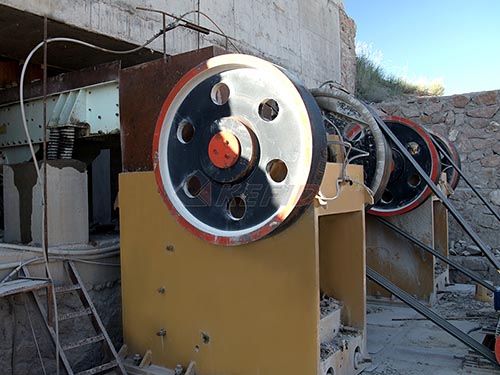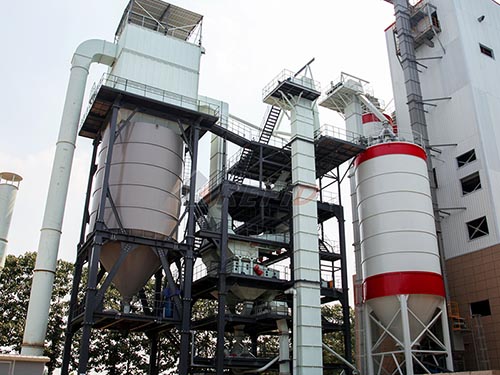Speed Of Jaw Crusher
Mastering the Tempo: Understanding the Critical Role of Jaw Crusher Speed
In the demanding world of aggregate production and mineral processing, the jaw crusher stands as a fundamental workhorse. While factors like feed size, chamber design, and material hardness often dominate discussions, the operational speed of a jaw crusher – specifically its eccentric shaft revolutions per minute (RPM) – plays an equally vital and nuanced role in determining efficiency, product quality, and equipment longevity.
Defining "Speed": The Heartbeat of Crushing
At its core, the speed of a jaw crusher refers to the rotational velocity of its eccentric shaft. This shaft drives the movable jaw plate in an elliptical motion towards and away from the fixed jaw plate. Each revolution constitutes one crushing cycle:
1. Opening Stroke: The movable jaw moves away from the fixed jaw, creating space for new feed material to enter from above.
2. Closing Stroke: The movable jaw moves towards the fixed jaw, compressing and fracturing the trapped material against the fixed jaw.

The number of times this cycle repeats per minute is the crusher's RPM.
The Impact of Speed: A Delicate Balance
Adjusting jaw crusher speed isn't simply about going faster for more output; it's about finding an optimal balance influenced by several key factors:
1. Throughput Capacity: Generally speaking:
Higher RPM: Increases the number of crushing cycles per minute. This can lead to higher potential throughput if sufficient material is consistently fed into the chamber to utilize each cycle effectively.
Lower RPM: Reduces cycles per minute but allows more time for material to fall deeper into the crushing chamber during each opening stroke before being crushed again on the closing stroke.
2. Product Size Distribution & Shape:

Higher RPM: Can result in finer product sizes due to more frequent impacts and less time for material to escape before being re-crushed ("over-reduction"). However, it may also produce slightly more flaky particles if material isn't given enough time to orient optimally before fracture.
Lower RPM: Often produces a coarser product as larger particles have more opportunity to exit during each opening stroke after being reduced sufficiently ("free discharge"). It can also promote slightly better cubicity by allowing particles more time to settle before crushing.
3. Wear Life & Operating Costs: This is where speed becomes critical:
Higher RPM: Significantly increases wear on critical


